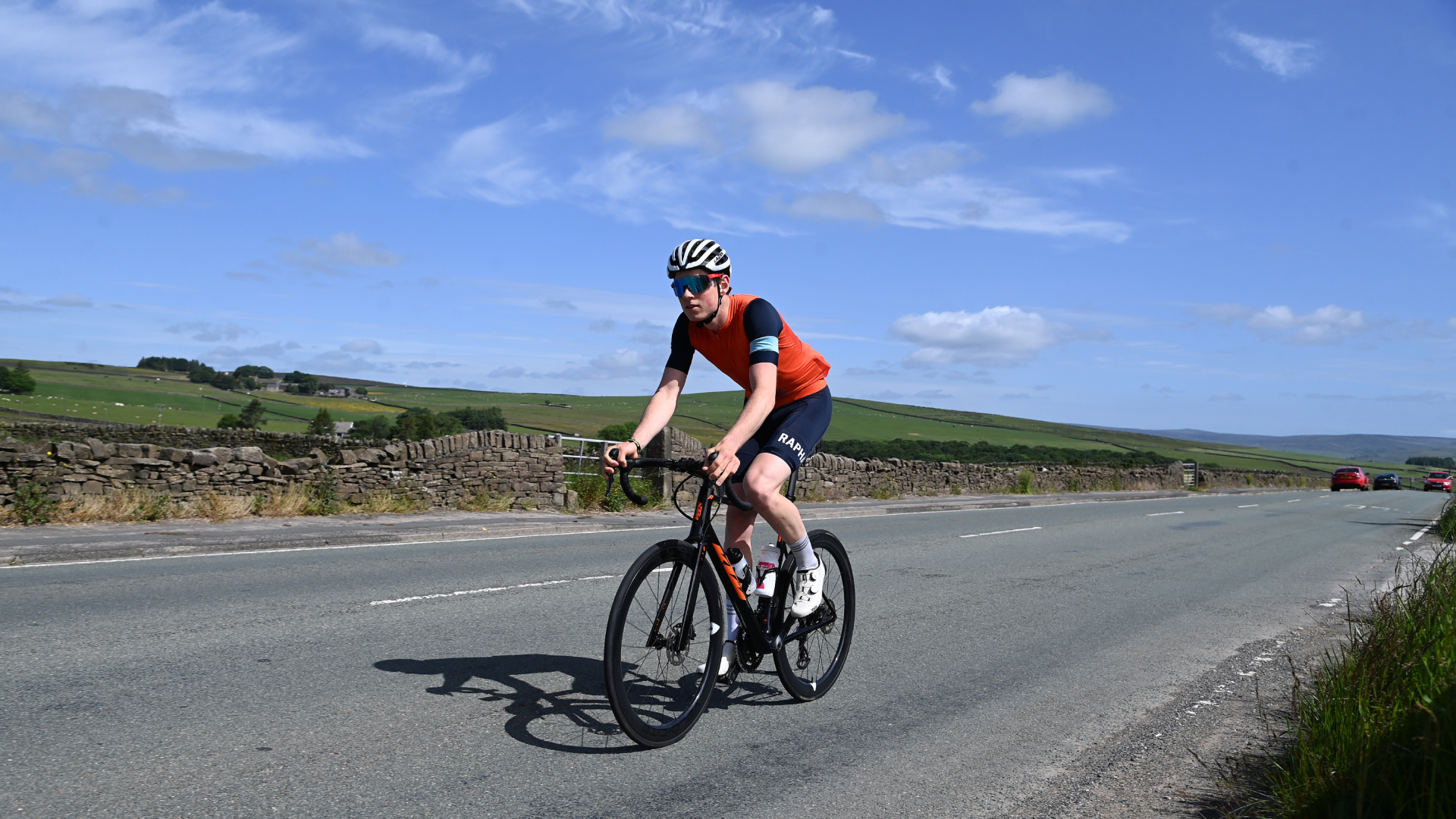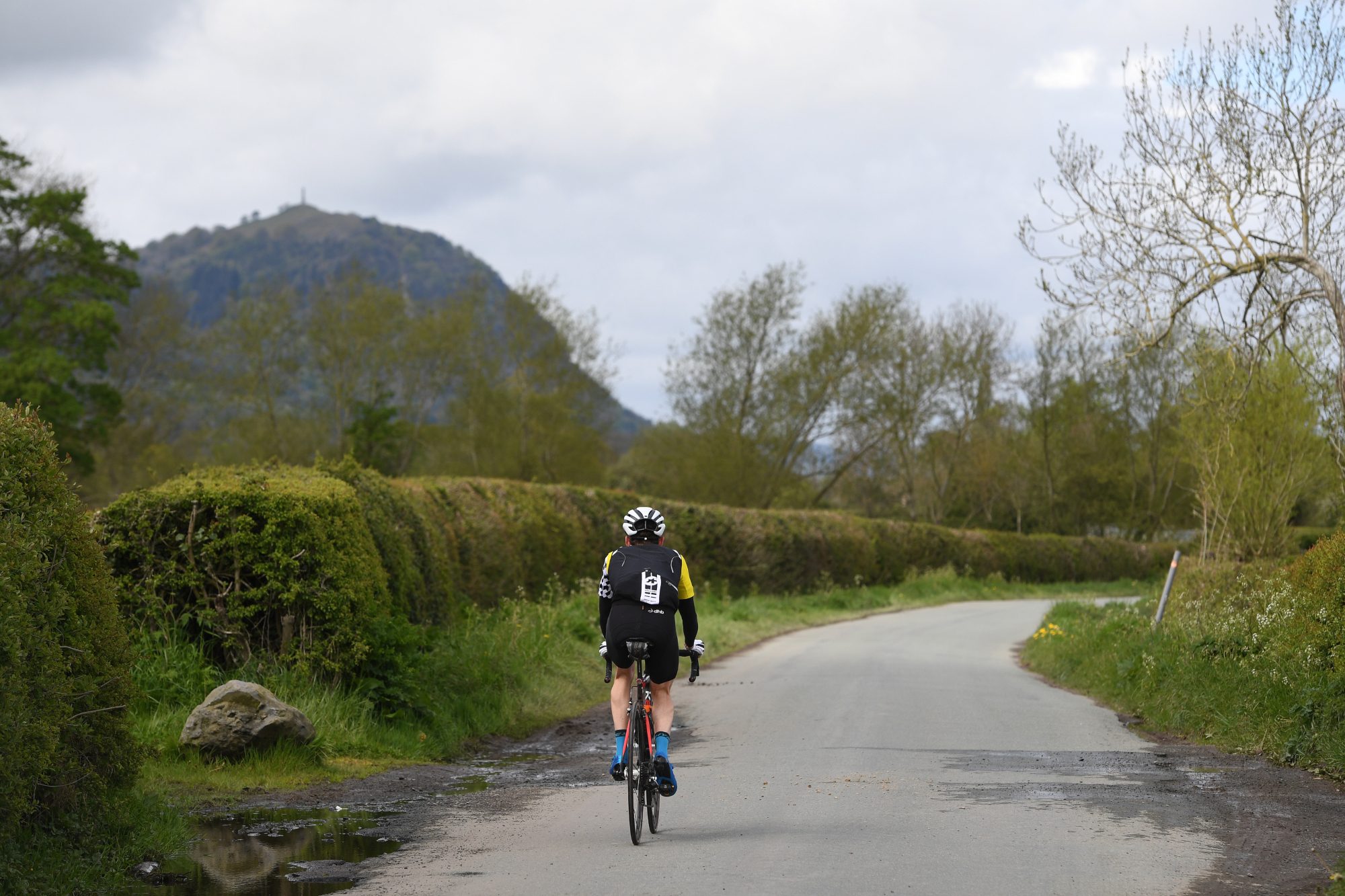Recovery ride versus rest day: the pros and cons of each approach
Wondering if you’d be better off resting completely or heading out for a recovery spin? We have the explain the benefits reaped from each approach


Adaptation only occurs during the rest and recovery periods between training sessions or training blocks. Without adaptation, you won’t get any stronger or fitter.
Therefore, optimising your recovery is a key component of the training process. But what is the best thing you can do between training blocks to optimise recovery? Are you better off resting completely or heading out for a recovery spin?
The questions of whether you should head out for a recovery ride, or how many rest days you should take each week, are dependent on several factors. So we'll take you through the pros and cons of both approaches, so you can make the best call in your own training.
Rest days: pros and cons
The benefit of a complete rest day is that you can be confident you are giving your body the time and space it needs to adapt to the training you have just subjected it to. However, the downside is that athletes often report they feel a little sluggish when they get back into training.
Therefore, rest days are best used between training blocks where it is important you don’t carry over any fatigue from one training block to the next. If you go into the next training block feeling a little sluggish, it’s not the end of the world – but you will know you have given your body every possible opportunity to adapt to the last training block.
The mistake I often see athletes making on days that are supposed to be about complete rest is that – because they are not out training – they fill their day with all those little jobs that build up in life. This means that athletes can end up being busier during a rest day than during a normal training day. This completely misses the point of taking a rest day.
Coaches will often talk about what we call ‘allostatic load’ this is the amount of stress your body experiences for all stressors in life (training, work, family etc). To maximise recovery, you need to minimise the allostatic load, not just the training load.
The latest race content, interviews, features, reviews and expert buying guides, direct to your inbox!
Recovery rides: pros and cons
The danger of a recovery ride over a complete rest day is that you might overdo it by riding too hard or too long, and ‘under recover’ – this means you have not finished adapting to the last training block and carry some fatigue into the next block. Neither of these outcomes isoptimal and this can lead to stagnation over time.
However, the benefit of a recovery ride over a rest day is that athletes often report they feel better the next day. Therefore, if you have an important interval session coming up it might be best to do a small recovery spin the day before rather than a rest day so you feel good from the get-go in that next session.
One thing I have heard from athletes is that they think that a recovery ride is good for clearing the lactate out of their legs. Let me just nip this myth in the bud. The lactate that accumulates during hard exercise is gone within around 30 minutes of finishing any session, so a next-day recovery ride certainly won’t help clear lactate – simply because it’s no longer present.
How to make the most out of a recovery ride

Now, if you do decide to head out for a recovery ride, there are golden rules you should follow. The first thing to remember is that the goal is recovery, not training. Therefore, the recovery ride itself should not induce a training stimulus. You should not feel tired when you get back from the ride. In practice, this means that the ride should neither be too long nor too hard.
A good guide is that a recovery ride should be no longer than a quarter of your average long endurance ride and it’s a good idea to wear a heart rate monitor as you don’t want to ride at more than 50 per cent of your max heart rate.
It is also important to make sure you really look after yourself in a recovery ride and avoid all additional stresses. This means not only fuelling and hydrating well but also avoiding riding in very hot or very cold conditions. Failure to do so will mean your body has to work harder than it should and what would have been a recovery ride no longer qualifies as such.
In practice, both rest days and recovery spins have their place within a well-designed cycling training plan.
Some riders will also respond better to one than the other. Give both a try within your own training and see what works best for you.
However, always remember the golden rule – reduce the allostatic load, that’s all the other things going on in your life that mount up.
James Spragg is a sports scientist and coach, working both in research and applied settings. When not working with athletes James can be found skiing, climbing, cycling or drinking coffee!
Alongside Dan Lorang and Peter Leo, James runs Intercept Performance Consultancy. Over the last 8 years in various roles, as coaches, performance consultants, performance managers, and sports scientists, Dan, James and Peter have played a role in helping athletes achieve more than 10 World Championship titles, several Olympics medals (including a Gold and Silver Medal in Tokyo 2020) and several Top 5 results in some of the biggest sporting events on the planet (Tour de France, Olympics, World and European Championships). Our single focus is on improving performance in all settings.
